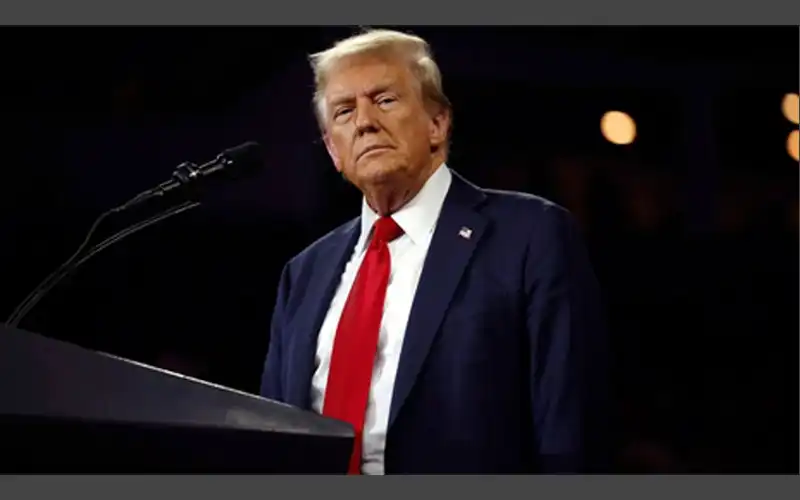China said it is raising its tariffs on U.S. products to 84%, up from its previously announced 34%, after President Trump’s import duties on Chinese goods went into effect today at a rate of 104%.
Mr. Trump’s broad-based tariffs, which apply to imports from almost every nation, kicked in after midnight Eastern time in the U.S.
China’s announcement signals Beijing isn’t backing down in a global trade war sparked by Mr. Trump’s April 2 decision to levy so-called “reciprocal tariffs” on almost every nation. In response to that announcement, China said it would counter by placing the same duty — 34% at the time — on U.S. imports, which prompted Mr. Trump to slap another 50% tariff on Chinese imports.
Together with previously announced tariffs, Mr. Trump has raised the total tariff rate on China-made products to 104%, a fee that will be paid by U.S. companies that import products from China. Those companies are likely to pass on the cost of all or some of the import duties to American consumers, hiking prices on everything from iPhones to clothing made in China, according to experts.
In an April 9 statement, China said it called Mr. Trump’s decision to add another 50% tariff a “mistake upon a mistake.” It also called Mr. Trump’s tariffs an example of “unilateralism, protectionism and economic bullying.”
Wednesday’s newest measures from Beijing include adding 11 American companies to a so-called “unreliable entities” list that would bar Chinese companies from selling them dual-use goods. Among the companies are American Photonics and SYNEXXUS, both of whom work with the American military.
So far, China has not appeared interested in bargaining. “If the U.S. truly wants to resolve issues through dialogue and negotiation, it should adopt an attitude of equality, respect and mutual benefit,” said Ministry of Foreign Affairs spokesman Lin Jian on Wednesday.
China was the third-largest export market for the U.S. in 2023, following Canada and Mexico, with $145 billion in goods shipped to the Asian nation that year, according to the U.S.-China Business Council. Oilseeds and grains are the top exports that the U.S. sends to China, followed by oil and gas.




























